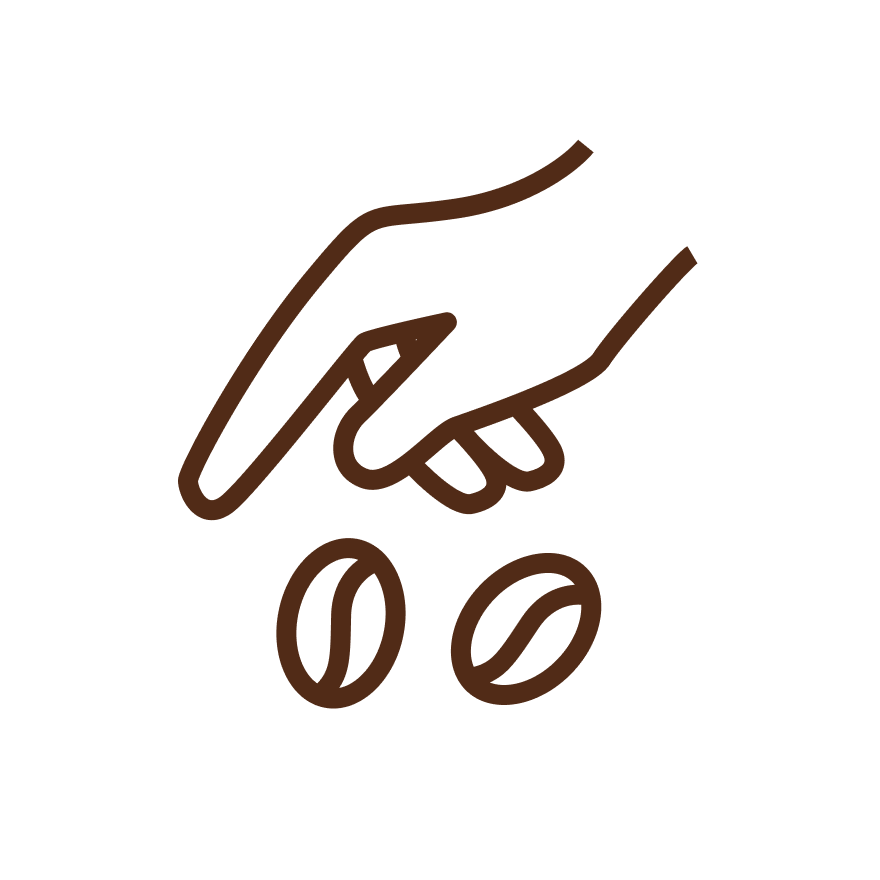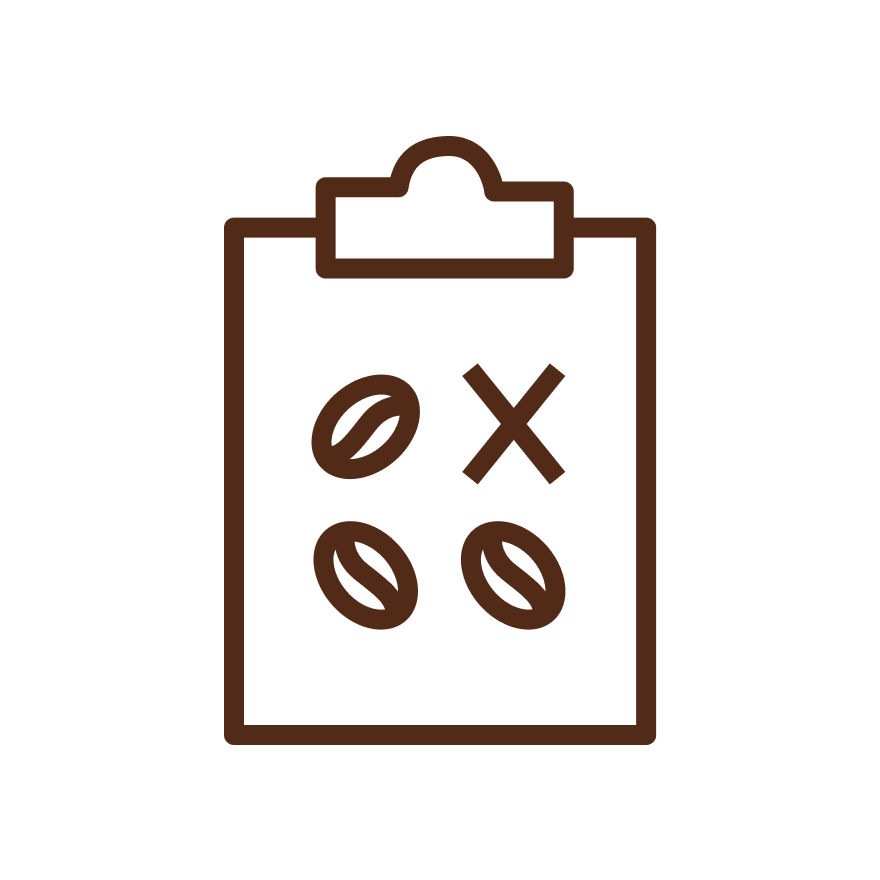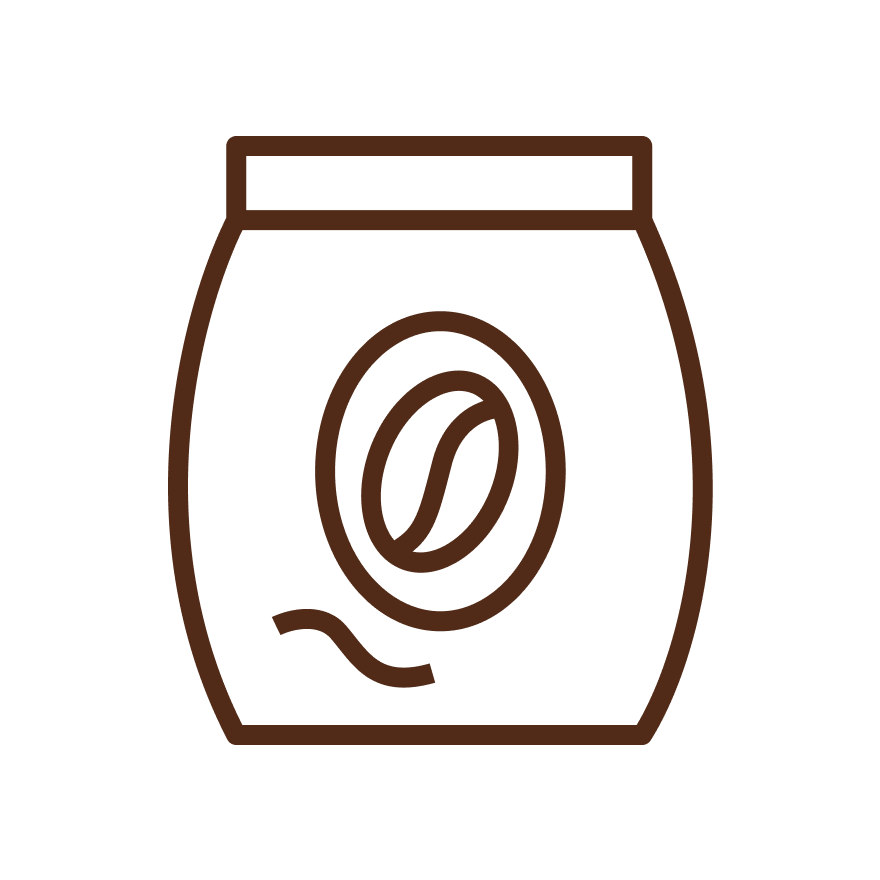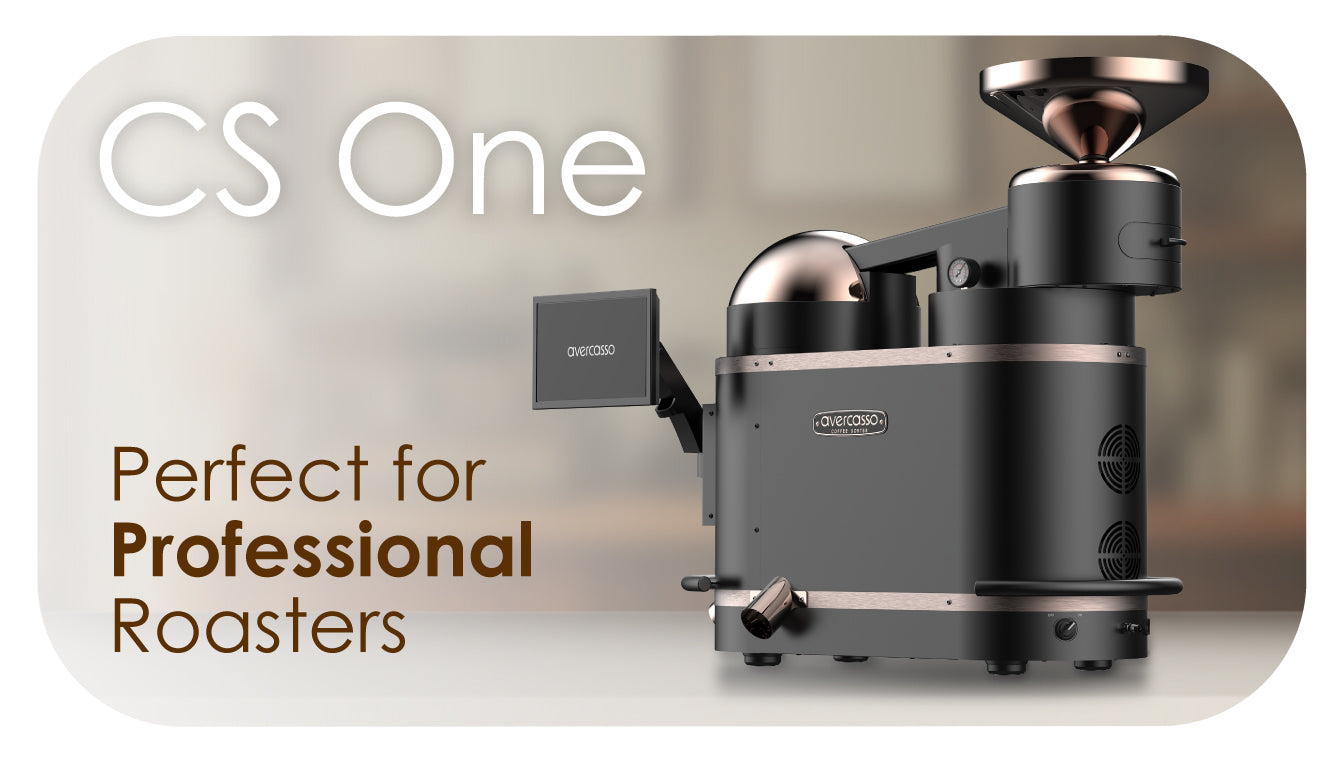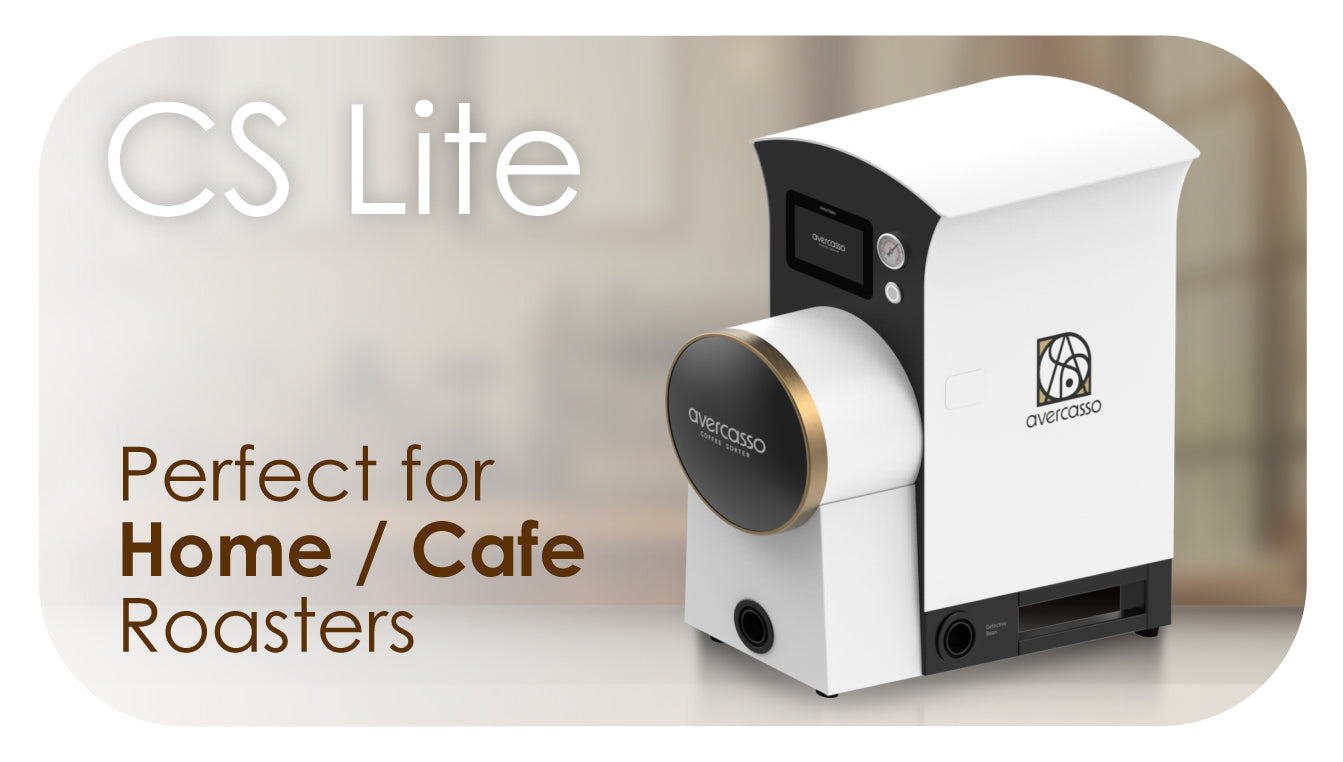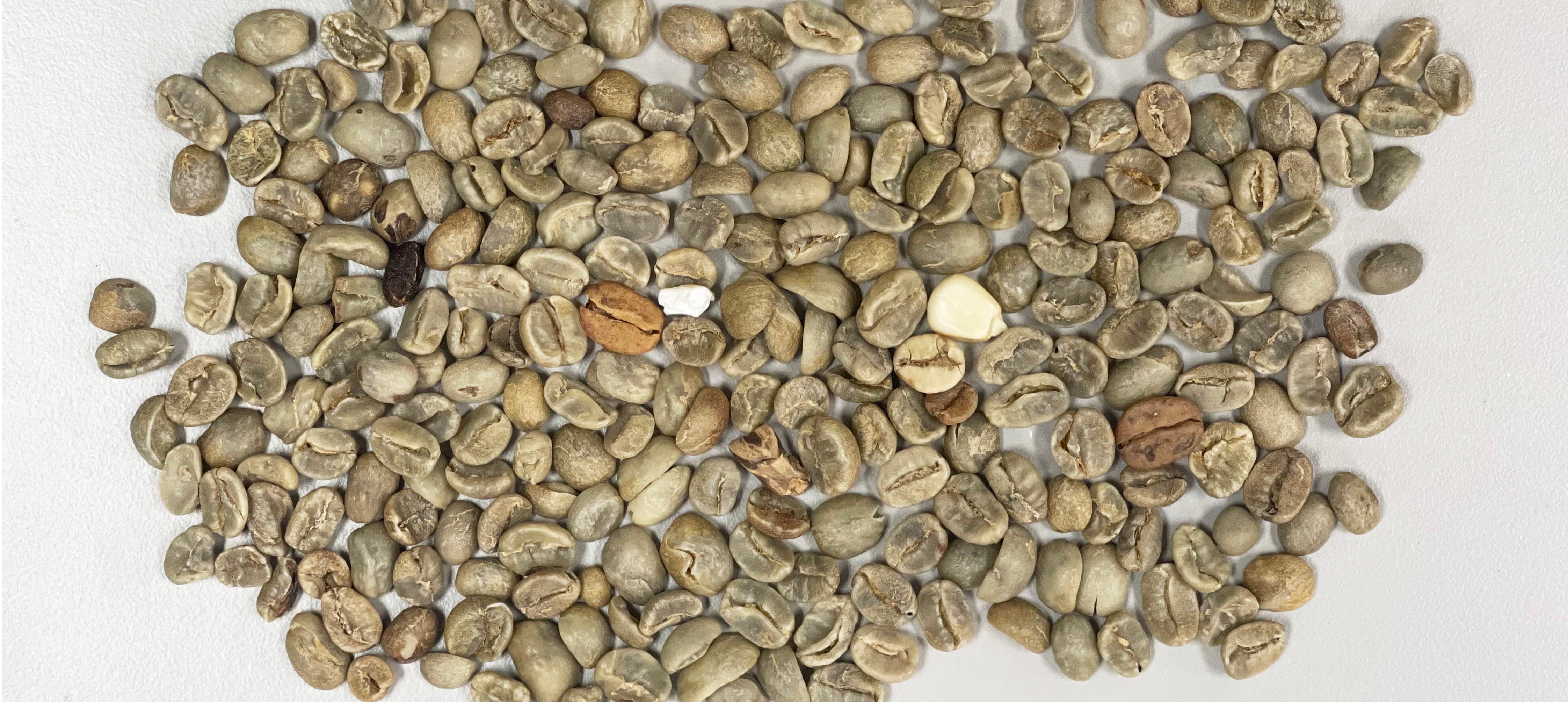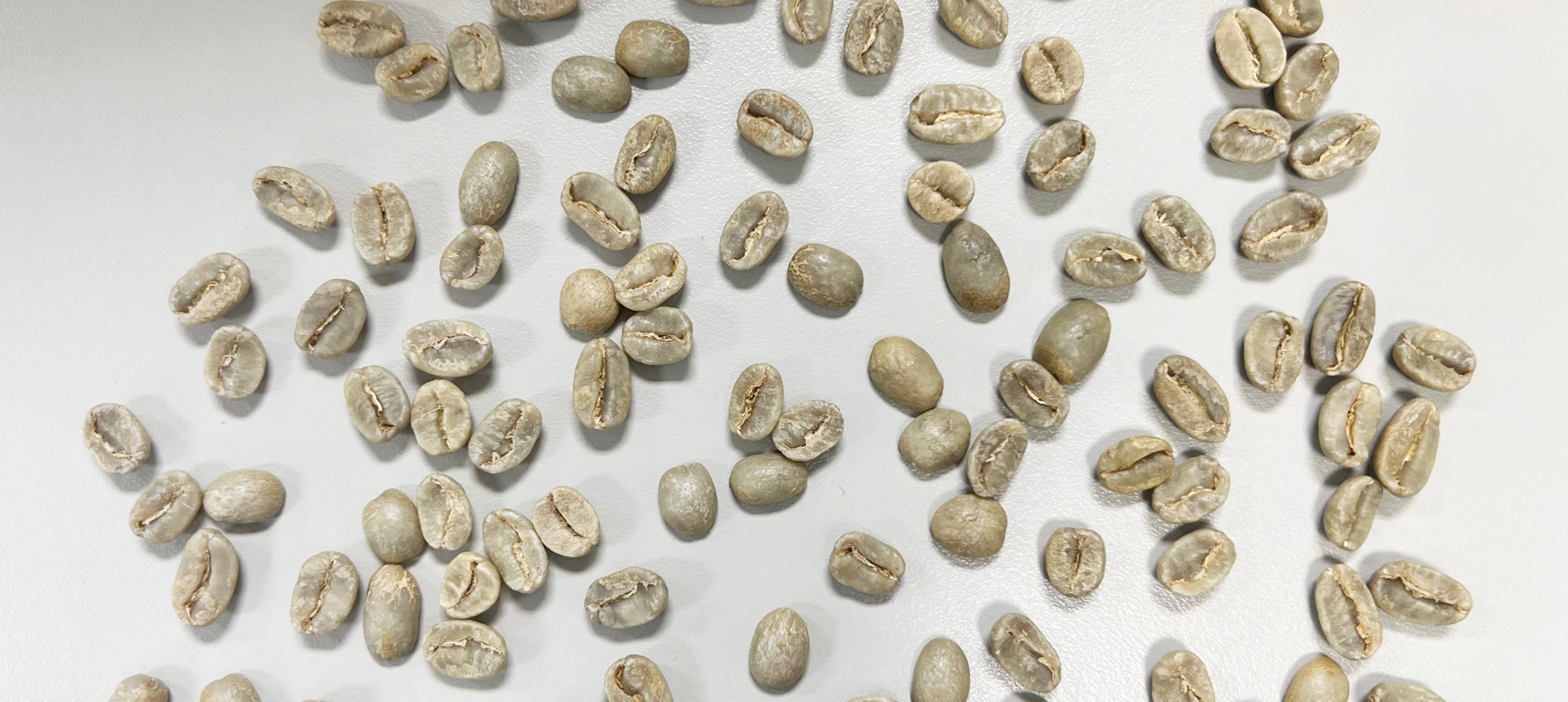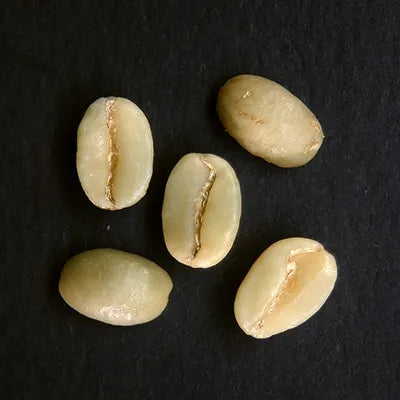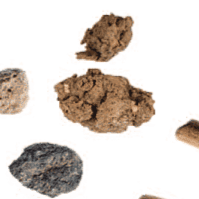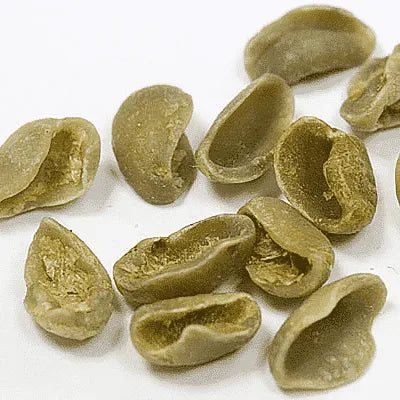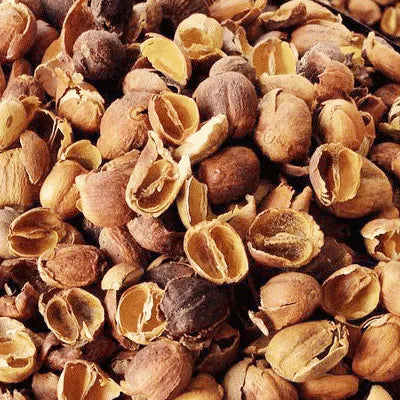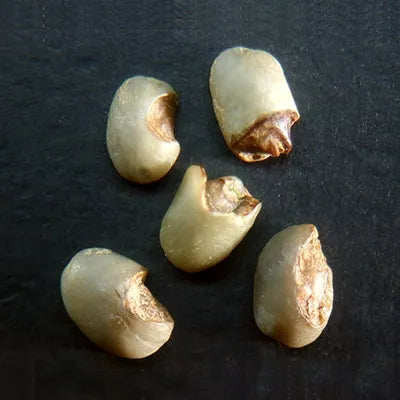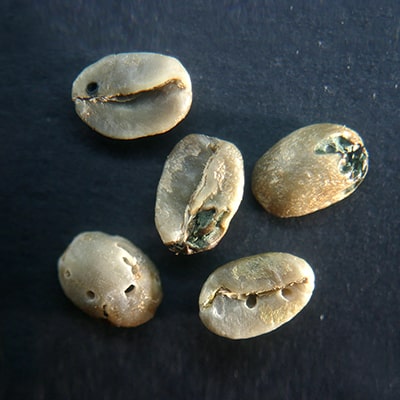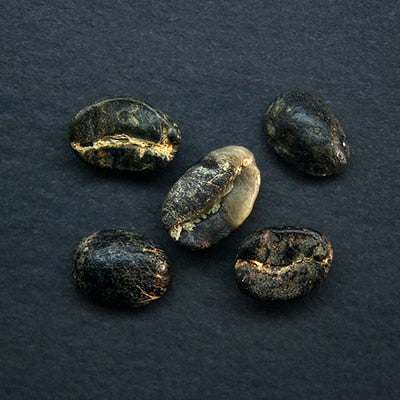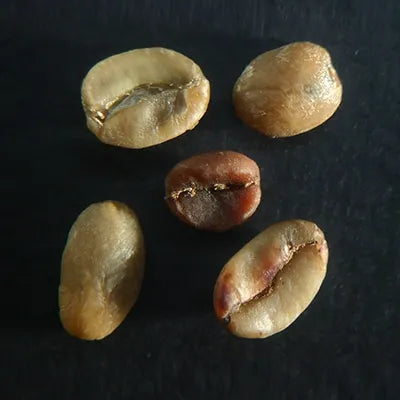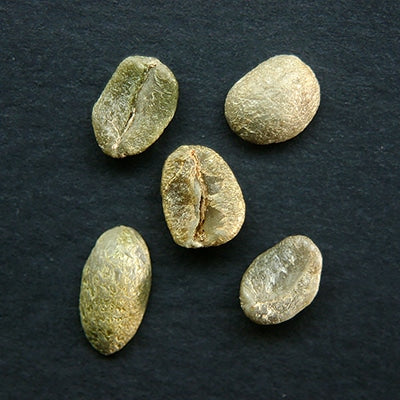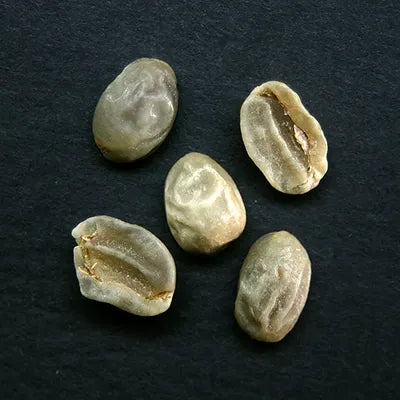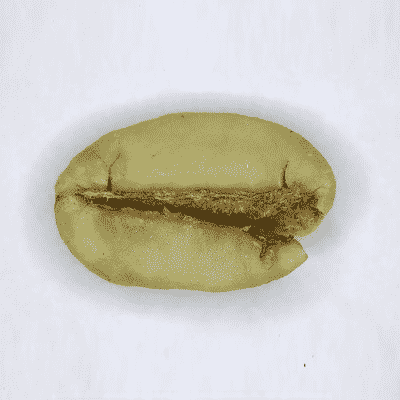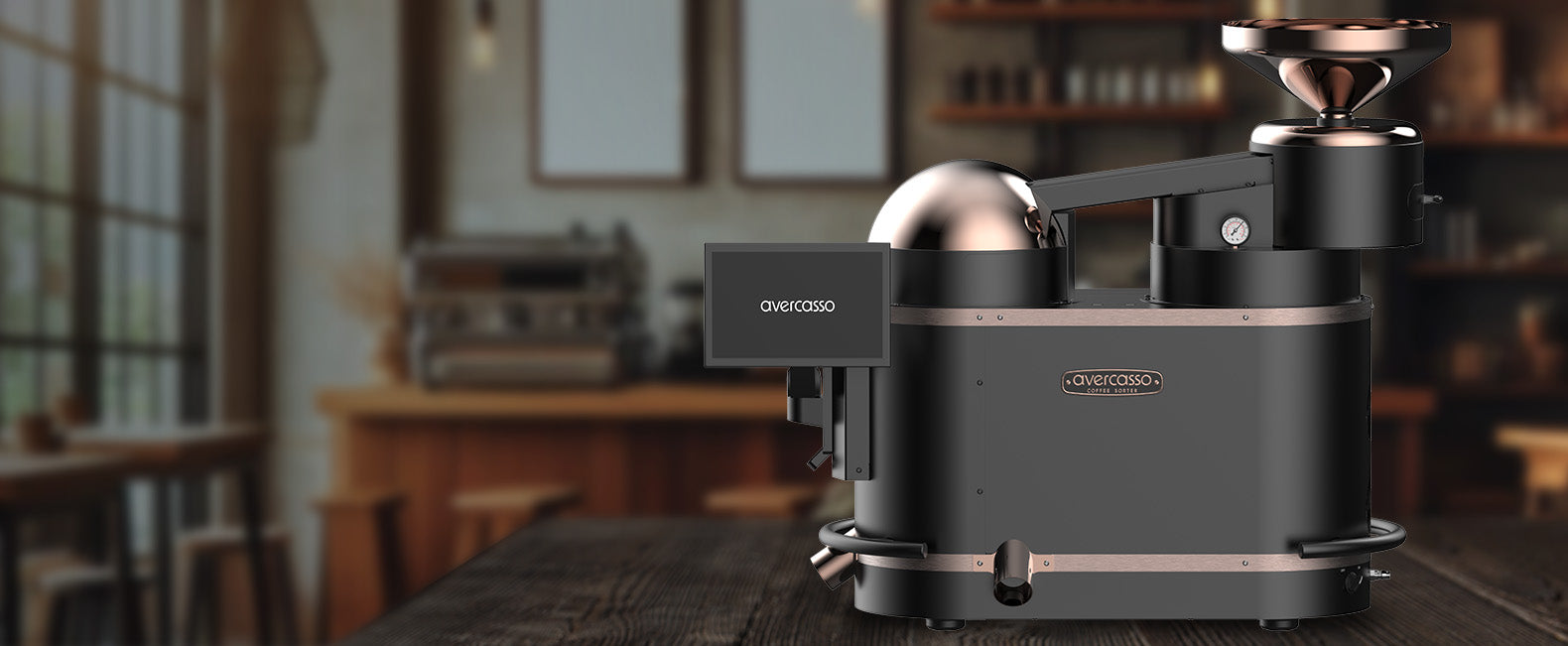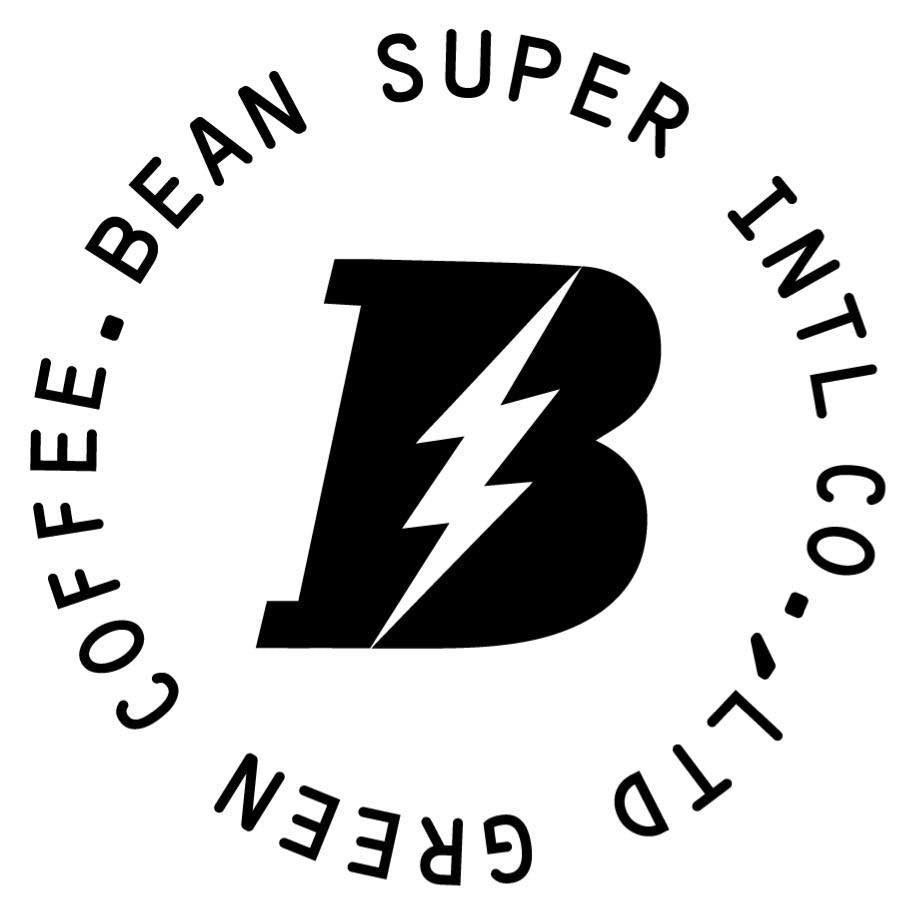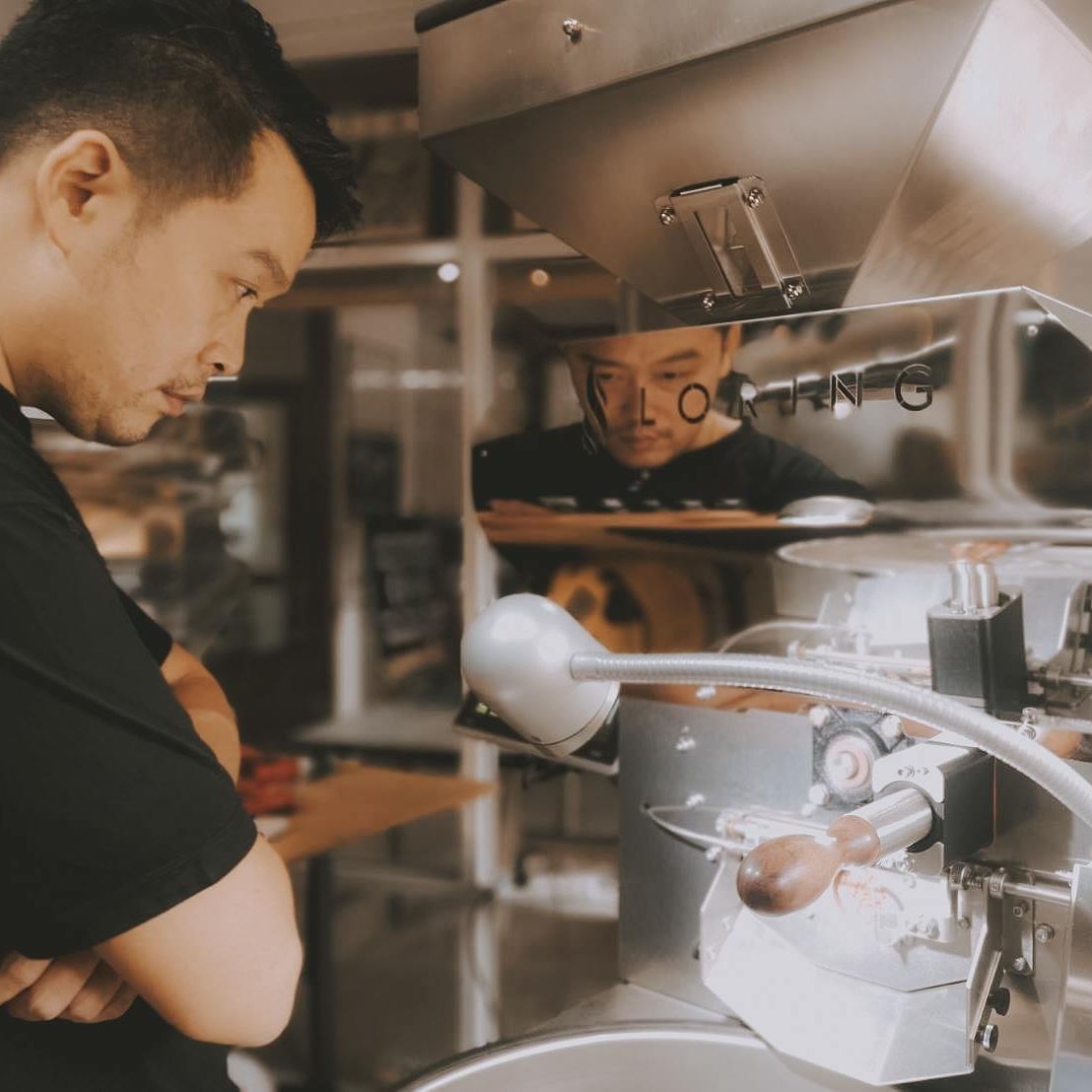AI-powered defect recognition brings grading consistency across locations and users—removing guesswork from visual inspections.
Why Quality Grading Is Hard to Standardize—Here’s Why
Grading is complex.
Sorting doesn’t have to be.
Start With These Three.
From instinct-based judgment to traceable consistency, this is how quality is defined now.
Make grading reliable. Every time.
AI-Powered Consistency
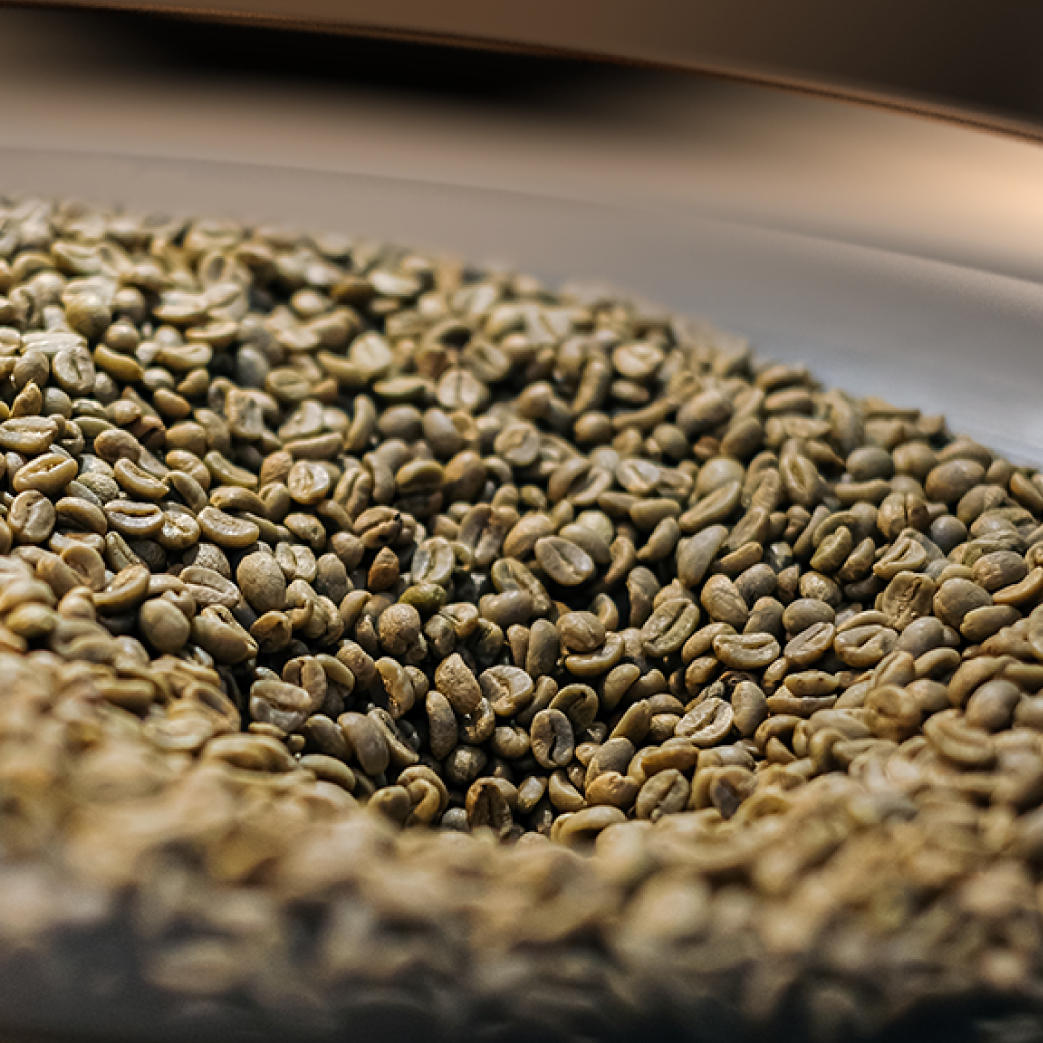
Speed up your evaluations.
Instant Batch Screening
Cut hours from your quality checks. AI instantly pre-screens lots for major defects—so you can prioritize cupping only where it counts.

Data, not assumptions.
Insight-Backed Decisions
Every session generates a defect report with detailed visuals and category breakdowns—helping you justify grading calls with confidence.
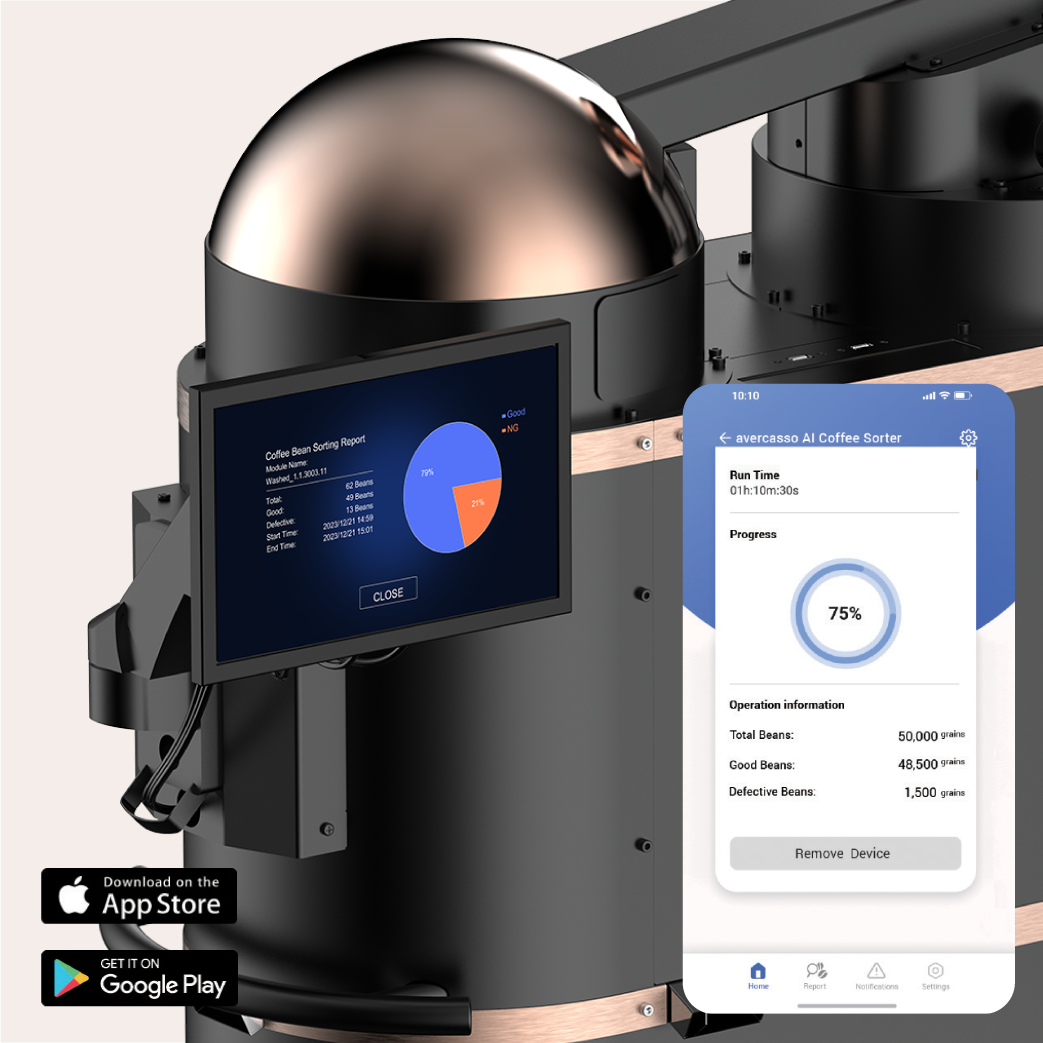
Before Sorting VS. After Sorting
Certified by Standards. Perfected by AI.
Detect and remove defects according to SCA guidelines—Category 1 and 2—ensuring every batch meets the mark.
Trusted by Coffee Professionals
FAQ
Product & Specs
I only sort around 10kg of beans a day. Which model should I choose?
We recommend choosing CS One. It supports larger batch processing and flexible module expansion, making it ideal for handling 10kg or more per day.
What's the difference between CS Lite and CS One?
CS One handles higher volume (up to 30kg) and offers advanced reports and modular upgrades—perfect for larger roasting operations.
Is the 99% accuracy claim real? How can I be sure?
Our machines are tested using standard defect categories with up to 99% accuracy, and continuously updated via OTA algorithms.
Easy to Use
I'm not a professional—can I understand the sorting results?
Absolutely. The system identifies common defects automatically. Just press one button—no expertise needed.
Do I need to clean it every day? Is it complicated?
A quick 3-minute daily clean is recommended. It’s simple, and we provide easy-to-follow video tutorials.
Order & Support
Can I try it out before buying?
We currently offer on-site demo locations in Taiwan. For other regions, please contact your local distributor for availability.
Is there a warranty? How do I get support?

